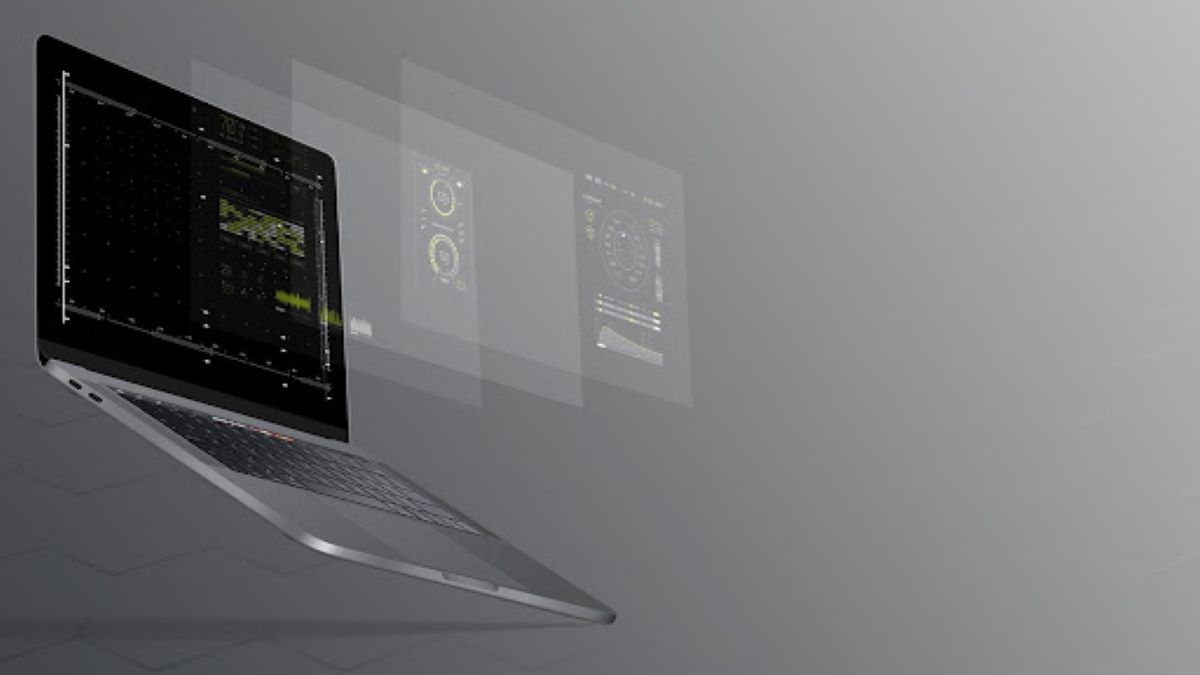What do you do when your organization faces modern data architecture challenges? If you have an existing data architecture strategy, how can you make sure it’s still effective?
In this article, we’ll take a look at some of the common challenges of modernizing data and discuss ways to overcome these challenges with relative ease. Let’s get started!
1. Outdated Systems
Outdated systems are a challenge in modernizing your data for several reasons. First, they may not be compatible with newer software or hardware, making it difficult to update your data. Second, outdated systems may not be able to handle the volume of data you need to process. And finally, an outdated system can make it difficult to access or share data with others.
There are a few ways that you can overcome these challenges. For one, you can work with vendors to ensure your data is compatible with their products. You can also scale up your infrastructure to accommodate larger volumes of data. Lastly, you can use cloud-based solutions to make it easier to access and share your data.
2. Lack of Standardization
As more businesses look to modernize their data, they’re faced with the challenge of lack of standardization. Without standards in place, it can be difficult to know what data to collect and how to format it. This can lead to inconsistency and errors in the data.
There are some ways to solve this problem. These include:
- Working with a data consultant who can provide you with the best modern data architecture services
- Developing your own standards and procedures for collecting and formatting data
- Using software that allows you to standardize your data across different platforms
By taking these steps, you can overcome the challenge of lack of standardization and ensure your data is consistent and accurate.
3. Lack of Documentation
Lack of documentation is one of the main challenges in modernizing your data. Without documentation, it can be difficult to understand how data is being used and how it can be improved.
To overcome this challenge, follow these tips:
- Speak to the people who created the data: If you can speak to the people who originally created the data, they may be able to provide some insight into its meaning and how it can be used.
- Use reverse engineering: Another way to try and understand data is through reverse engineering. This involves taking apart existing systems to see how they work and then using this knowledge to improve upon them.
- Create your own documentation: If you don’t have access to the original creators of the data, or if you’re working with legacy data, you’ll need to create your own documentation.
4. Inefficient Processes
In today’s fast-paced business world, data is more important than ever. It drives decision-making, helps companies keep track of their customers, and provides a competitive edge. However, inefficient processes can be a challenge when modernizing your data.
This is because many organizations haven’t yet fully understood the importance of data governance and the role it plays in maintaining efficient processes. As a result, they’re still using inefficient manual processes that are time-consuming and error-prone.
To overcome this challenge, you need to invest in data governance solutions that’ll help you automate and optimize your processes. These solutions can help organizations streamline their processes, improve data quality, and reduce costs.
By investing in data governance systems, you can modernize your data processes and overcome the challenges of inefficient procedures.
5. Data Silos
Data silos are one of the major modern data architecture challenges for many reasons. First, they can lead to data duplication and inconsistency, which can make it difficult to get a clear picture of your data.
Second, silos can limit the visibility of your data, making it difficult to make informed decisions about its use. And finally, silos can make it difficult to share data between different parts of your organization, which can hinder collaboration and efficiency.
There are a few ways you can overcome these challenges. For one, you can work on integrating your data so it’s consistent and easy to access. You can also create processes and policies that encourage transparency and sharing of data between different parts of the organization. Lastly, you may invest in technology that makes it easier to manage and analyze large amounts of data.
Every kind of data is sold and traded in the current global, fast-paced business environment. For instance, 360-degree customer information and global sales data, health data, and insurance history data are all accessible with just the click of a button.
The purpose of modern Data Architecture is to ” eliminate data silos, consolidating data from organizational units and external sources.” According to The State of Data and What’s Next Report, access to data in real-time is a new challenge for businesses across the globe that operate on central data platforms. With data mesh integrated into modern Data Architectures, the main goal will be “making data available to anyone, anywhere in a company, with a focus on speed.”
Can Your Data Architecture Keep Up with the Times?
It’s clear that modern data architecture faces many challenges. However, by understanding the issues and knowing how to address them, you can create a data architecture that’s fit for the modern world.
It’s also important to have a plan and be able to adapt to change. With the right data architecture in place, your organization can keep up with the times and make the most of its data.
Final Thoughts
Data is becoming increasingly complex, but you can set your company up for success by understanding the five issues outlined in this article. In addition, a clear data architecture plan will help ensure that your data is appropriately managed and utilized to its full potential.

